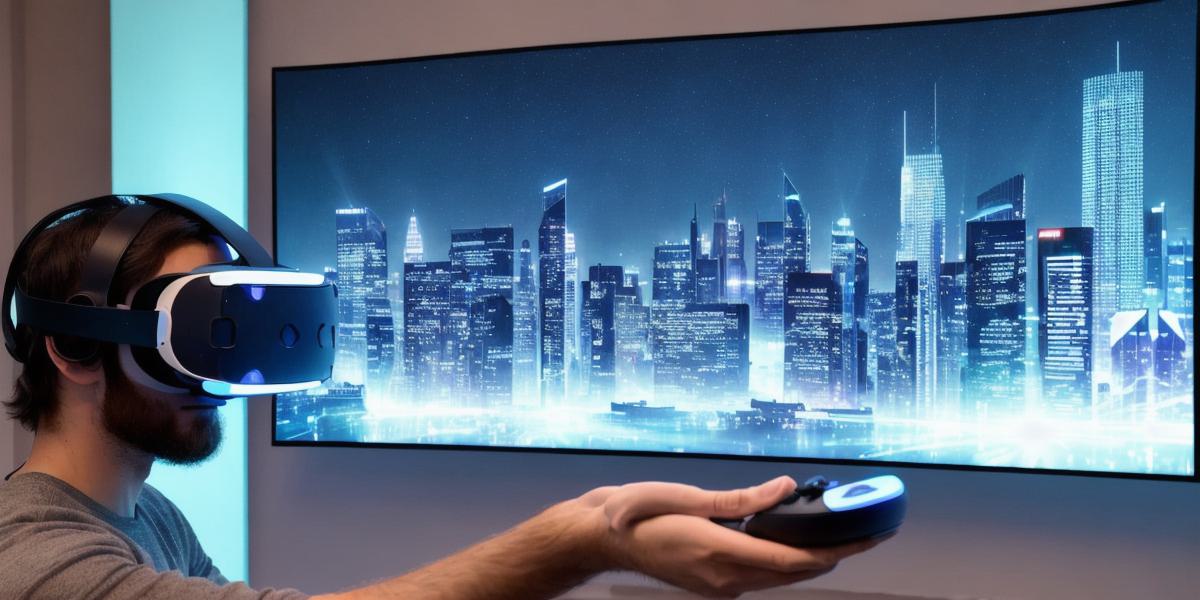Are virtual reality headsets bad for you? This question has been debated by virtual reality developers, researchers, and experts for years. Some argue that virtual reality can have negative effects on eyesight and headaches, while others claim that it has no significant impact on health. In this article, we will explore the pros and cons of virtual reality headsets and their potential impact on your well-being.
Pros of Virtual Reality Headsets
Virtual reality technology has many benefits for individuals and businesses alike. Here are some of the top advantages of virtual reality headsets:
- Immersive Experience: Virtual reality allows users to experience a fully immersive environment that can be more engaging than traditional forms of entertainment or work. This can lead to increased creativity, productivity, and overall well-being.
- Training and Education: Virtual reality is being used increasingly in training and education settings, allowing individuals to practice skills in a safe and controlled environment. This can lead to improved performance and reduced risk of injury.
- Therapy and Rehabilitation: Virtual reality technology is being used in therapy and rehabilitation settings to treat conditions such as PTSD, anxiety, and depression. It has been shown to be an effective tool for improving mental health outcomes.
Cons of Virtual Reality Headsets
While virtual reality has many benefits, it also comes with potential risks. Here are some of the top concerns:
- Eye Strain: Virtual reality headsets can cause eye strain, especially if used for extended periods of time. This can lead to dryness, irritation, and even temporary vision loss.
- Headaches: Some users may experience headaches or migraines after using virtual reality headsets, especially if they have a history of these conditions.
- Motion Sickness: Virtual reality technology can trigger motion sickness in some individuals, leading to nausea, dizziness, and other symptoms.
- Social Isolation: Virtual reality can also lead to social isolation, as users may become more engrossed in their virtual world than interacting with others in real life.
How to Minimize the Risks of Virtual Reality Headsets
While virtual reality headsets do come with potential risks, there are steps you can take to minimize these risks and ensure your safety while using them. Here are some tips:
- Take Breaks: It’s important to take breaks from virtual reality use to avoid eye strain and other negative effects. Aim for short sessions of 20-30 minutes, followed by a break of at least 5-10 minutes.
- Adjust the Settings: Most virtual reality headsets have adjustable settings that can help reduce eye strain and motion sickness. Be sure to experiment with these settings to find what works best for you.
- Get Moving: Incorporate physical activity into your virtual reality experience to prevent social isolation and promote overall well-being.
- Consult a Professional: If you are experiencing severe symptoms after using virtual reality headsets, consult with an eye care professional or other healthcare provider to determine the best course of action.
In conclusion, while virtual reality headsets do have potential risks, they also offer numerous benefits for individuals and businesses alike. By taking steps to minimize these risks and ensuring safe use, virtual reality can be a powerful tool for improving well-being and productivity.




